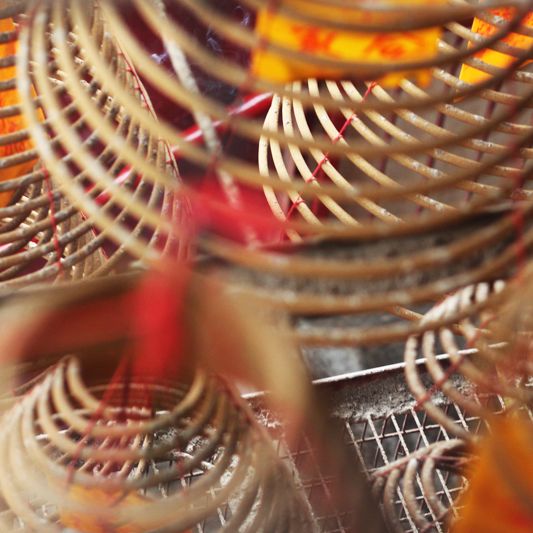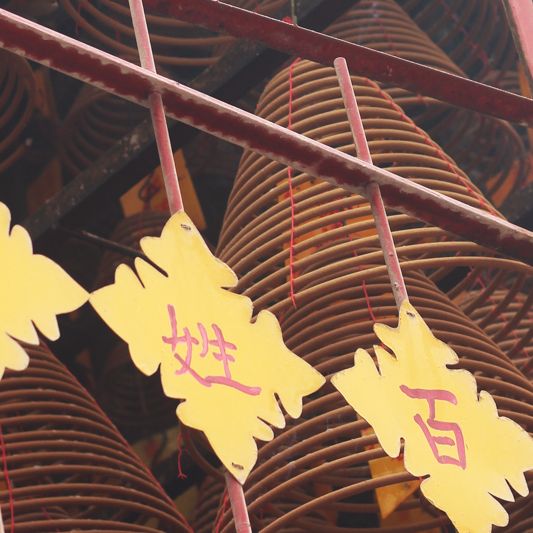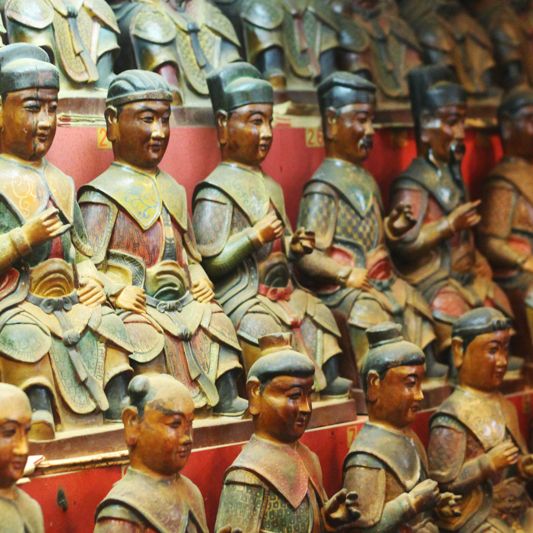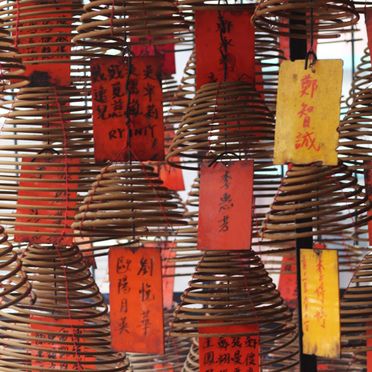
Honouring ancestral spirits in a unique temple



- 42 Tai Ping Shan Street
- Opens daily 9am - 5pm
- +852 2546 8277
- Website
Paak Sing Temple is a hotspot for local celebrities from actors to politicians, who visit the to get luck on their side in managing public relations.
The hungry ghosts
In the early years of the British colony, Chinese immigrants to Hong Kong were concentrated in a slum-like neighborhood in present-day Sheung Wan. Life was harsh, and those who died without money for a proper burial or to send their remains back to the mainland ran the risk of becoming wandering souls known as ‘hungry ghosts’. In the absence of relatives to worship their souls or provide offerings, these hungry ghosts would haunt the premises where they died and were believed to actually pose a risk for the neighborhood community.
Death house
In the 1860s, the situation at the ancestral hall became completely out of control — and this was even before the devastating outbreak of bubonic plague in 1894. The fear of hungry ghosts saw landlords throw their terminally ill tenants onto the street. For them, the temple was the only place to go. Countless desperate cases were sent there and it became known as a death house.
Paak Sing: the temple of 100 names
This communal ancestral hall in TaiPing Shan Street provided a practical solution. Here rituals were routinely offered to the spirit tablets of deceased poor Chinese immigrants. It was essentially a gathering place for dead spirits. In the following years, an estimated 3,000 spirit tablets were housed here, originally on a temporary basis until relatives would collect the tablets to take back to the mainland, but the reality was that the majority of the tablets were never collected. That’s how the temple became commonly known as ‘100 Names Temple’百姓廟.
Celebrity hot spot

Nowadays the Paak Shing Temple is even more famous as a place to pray for matters relating to people and relationships. A hotspot for local celebrities from actors to politicians, who visit the temple to get luck on their side in managing public relations.
Pound Lane bath house

Next to the temple is Pound Lane Bath House, which may look like an ordinary public bathhouse but was in fact a revolution when it opened 1904 after the first horrible outbreak of the plague, as it provided the first shared public bathhouse with hot water for men and women. Much needed in an area where very few houses actually had bathrooms or running water.
